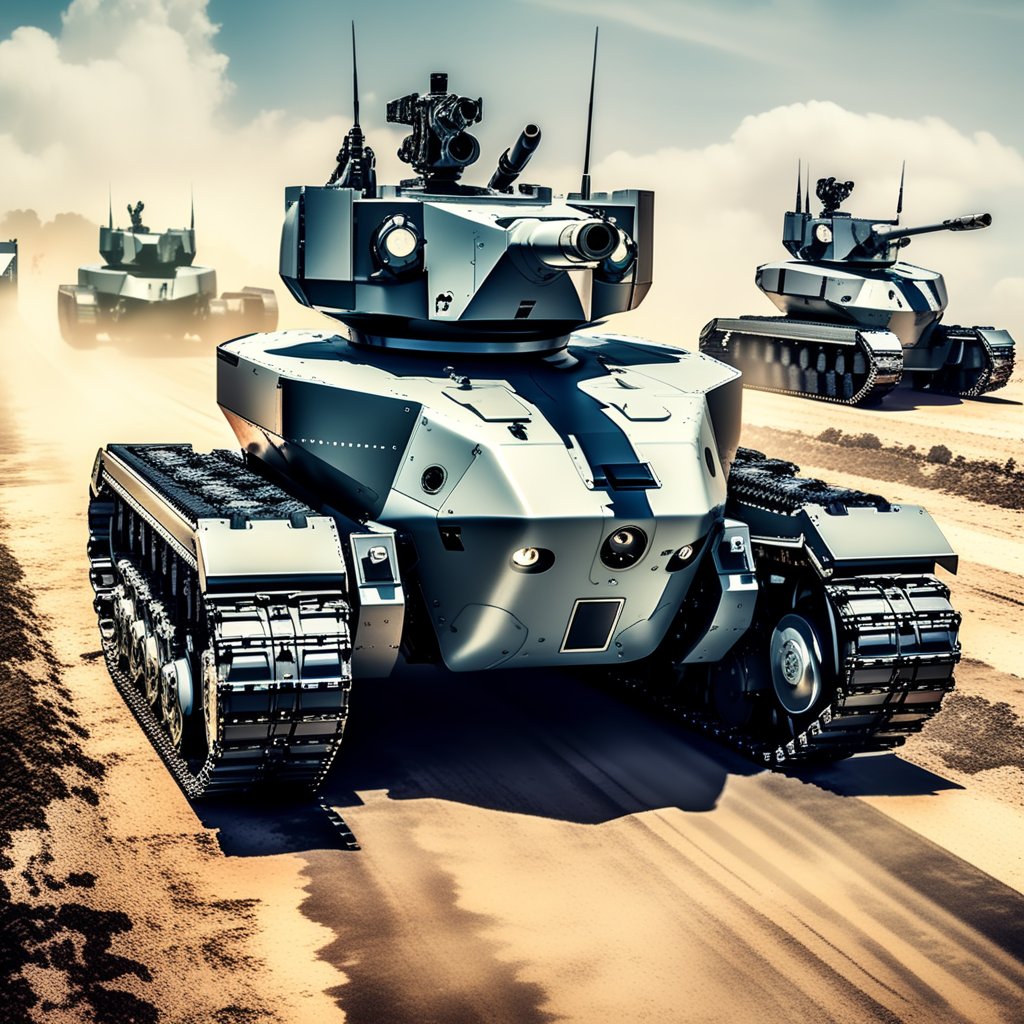The rise of artificial intelligence (AI) presents both incredible opportunities and daunting challenges. While AI holds the potential to revolutionize healthcare, climate change solutions, and countless other fields, it also raises serious concerns about its potential misuse in warfare. The spectre of autonomous weapons capable of making life-or-death decisions without human intervention haunts the future, making the question of "Can we prevent AI weaponization?" the defining challenge of our era.
Gone are the days of clunky robots lumbering across battlefields. Modern AI can analyze vast amounts of data, make strategic decisions in milliseconds, and control highly sophisticated weaponry with precision. Imagine drones swarming the skies, targeting individuals based on facial recognition algorithms, or robotic tanks choosing their own paths and engaging in combat. This is not science fiction; it's the terrifying reality on the horizon, driven by rapid advancements in AI technology.
The Ethical and Human Cost of AI Weaponization:
The potential consequences of AI weaponization are catastrophic. Autonomous weapons lack the human moral compass, the capacity for empathy, and the ability to understand the value of human life. Unforeseen biases in algorithms could lead to discriminatory targeting, while unintended consequences of AI-driven strikes could trigger devastating humanitarian crises.
Beyond the immediate human cost, AI weaponization destabilizes global security. An arms race fueled by AI could spiral out of control, lowering the threshold for conflict and making accidental or unauthorized weapon activation a constant threat. Attributing responsibility for AI-driven attacks further complicates matters, potentially blurring the lines of war and potentially plunging the world into legal and ethical chaos.
The Imperative for Responsible AI Development:
In the face of this existential threat, the international community must act with urgency and purpose. We need a global treaty banning the development, deployment, and use of autonomous weapons. This treaty must be comprehensive, covering all forms of AI-powered weaponry, and enforce strong accountability mechanisms to deter violations.
aiarter's Role in Building a Safer AI Future:
While preventing AI weaponization is a global challenge, individual actors like aiarter have a crucial role to play in promoting responsible AI development. By focusing on transparency, explainability, and human control in its AI tools, aiarter can contribute to building a safer and more ethical future.
Here's how aiarter's services can contribute to responsible AI development:
- Transparency: aiarter uses explainable AI algorithms, allowing users to understand the reasoning behind the outputs generated by its tools. This transparency fosters trust and helps identify potential biases in the algorithms.
- Human Control: aiarter places human agency at the center of its design. Users retain control over all AI-generated outputs and have the final say in how these outputs are used. This ensures that AI remains a tool for human enhancement, not an autonomous decision-maker.
- Ethical Guidelines: aiarter adheres to strict ethical guidelines in its development and deployment of AI tools. These guidelines prioritize human safety, fairness, and non-discrimination, guiding the creation of responsible AI applications that benefit all of humanity.
Beyond aiarter, individuals can also contribute to responsible AI development by:
- Supporting organizations and initiatives advocating for ethical AI development and regulations.
- Demanding transparency and accountability from companies developing AI technology.
- Actively engaging in public discourse about the potential risks and benefits of AI.
Conclusion:
The future of AI is not predetermined. We have the power to shape it into a force for good, promoting sustainability, progress, and human well-being. By recognizing the dangers of AI weaponization and taking proactive steps to mitigate them, we can ensure that the future of war remains firmly in human hands, where it belongs. As we write the next chapter in human history, it's vital to remember that AI should be a tool for creation, not destruction. Let's harness its power responsibly, ensure that it serves humanity, and build a future where humans and AI collaborate to create a world worthy of both.

